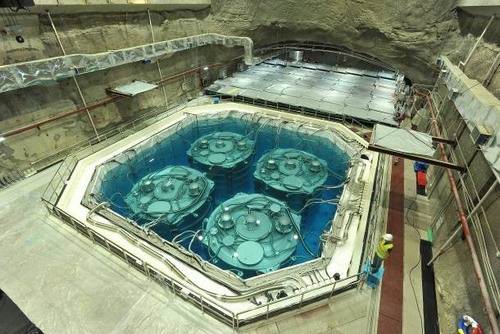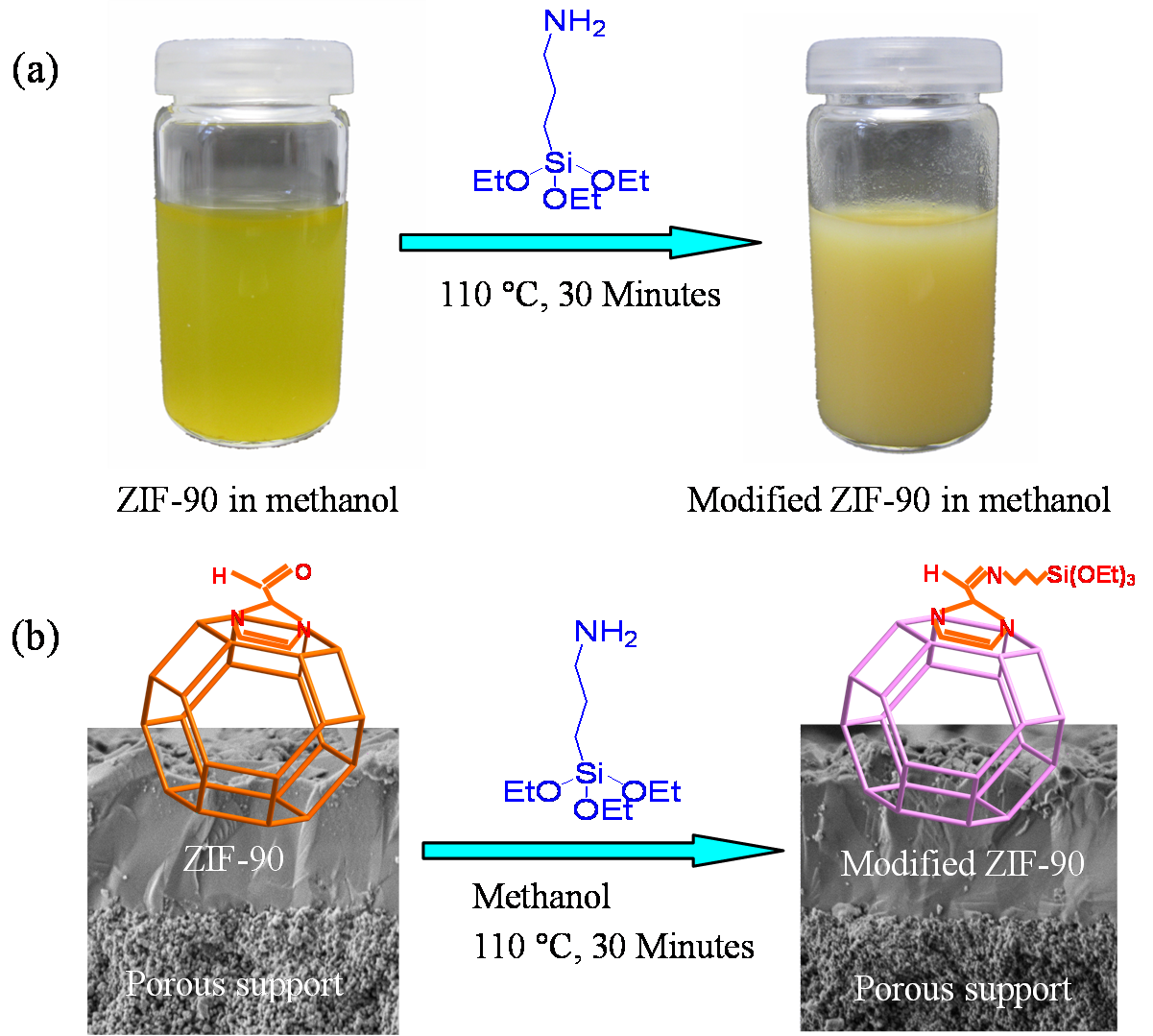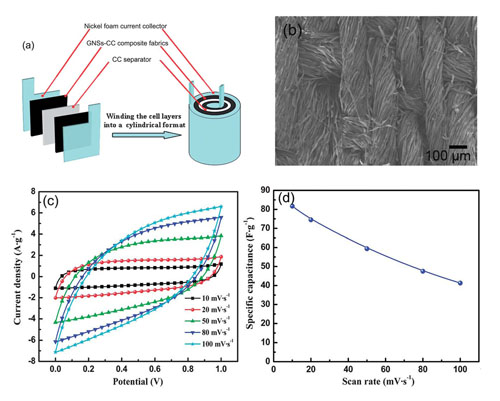

All the eight detectors of the Daya Bay Reactor Neutrino Experiment have been successfully installed, and started to take data on October 19, 2012, which marks the accomplishment of the experimental design and construction. In the next three to five years, scientists will aim to improve the measurement precision of the mixing angle θ13 by a factor of four, and to start the research on the measurement of reactor energy spectrum.

Recently, a group led by Dr. Aisheng Huang from NIMTE,CAS, has developed an amazing hydrogen-selective ZIF-90 membrane with high gas separation performance, cooperating with Prof. Caro from Leibniz University Hannover.

The research group lead by Prof. YAN Xingbin, Laboratory of Clean Energy Chemistry and Materials at Lanzhou Institute of Chemical Physics, Chinese Academy of Sciences (LICP), has prepared the graphene sheets (GNSs)–cotton cloth (CC) composite electrode with the 3D network architecture via a simple ‘‘brush-coating and drying’’ method. The as-made GNSs–CC composite electrode exhibits good electrical conductivity, outstanding flexibility, and strong adhesion between GNSs and cotton fibers. The assembled symmetry supercapacitor exhibits good electrochemical performance not only in 6 M KOH electrolyte, but also in 2 M EMIMBF4/acetonitrile electrolyte. Hopefully, such a rechargeable energy storage device is cheap, easily processed and light-weight, and will have various potential applications such as in portable consumer electronics, computer memory backup systems, hybrid electric vehicles and nextgeneration all-electric vehicles.

86-10-68597521 (day)
86-10-68597289 (night)

86-10-68511095 (day)
86-10-68512458 (night)

cas_en@cas.cn

52 Sanlihe Rd., Xicheng District,
Beijing, China (100864)

